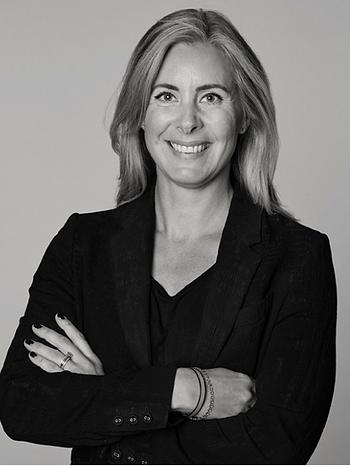Sten Eklund
Untitled
Signed SE and dated -70. Glass painting 118.5 x 98 cm.
Provenance
Galleri Sten Eriksson, Stockholm.
Exhibitions
Uppsala konstmuseum, "Sten Eklund, Kullahusets hemligheter", 20 February - 11 March 2018.
More information
Sten Eklund’s artistry revolves around the absence of humanity. Not our non-existence, but our non presence. Both in his graphic production and in his delicate glass paintings, he creates his compositions with fragments of buildings, machinery and objects.
The geometrically-constructed works become traces of the human form, of its progress and creations, where a structured order prevails in the absence of a human chaos.
At once timeless and contemporary, Eklund’s art engages just as artists like Marcel Duchamp and Öyvind Fahlström. From the outset, Eklund has always been considered to be before his time. His glass paintings of the late 1960s and early 1970s appear, at first glance, similar to precise architectural or engineering structures. The shiny elegant surface, in some way, shuts the viewer out, and the audience thus must struggle to penetrate the glass to reach the deeper dimensions that lay beyond – questions about evolution and human determination.
Björn Springfelt, formerly director at Moderna Museet, exhibited Sten Eklund in Lund in 1968, and tells us what an experience it was for him to encounter Eklund’s art, to discover that which does not follow a straight line, which does not meet our conventional expectations, but forces us to rethink and think in novel ways. The machines by Sten Eklund are not absurd like those by Picabia; instead they are brewing energies, ready to start up should we only find the right button to press.
Artist
Sten Eklund, Swedish painter and illustrator. He studied at the Royal Academy of Fine Arts between 1966-71. He is known for his work with the fictional 19th-century botanist J.M.G. Paléen and Kullahuset's Secrets, which features 53 hand-colored copper engravings with matching sculptures. The visual narrative is a peculiar art project. Early in his career, Eklund was fascinated with the incomprehensible devices and constructions which he painted on glass or canvas. In watercolor or gouache, he has, in the spirit of Duchamp, created strange battle scenes and other depictions populated by mechanical figures.
Read more


























